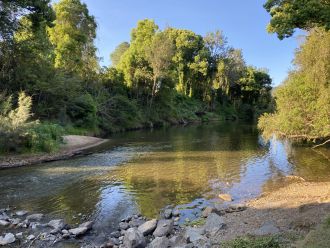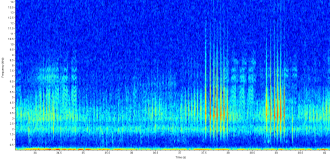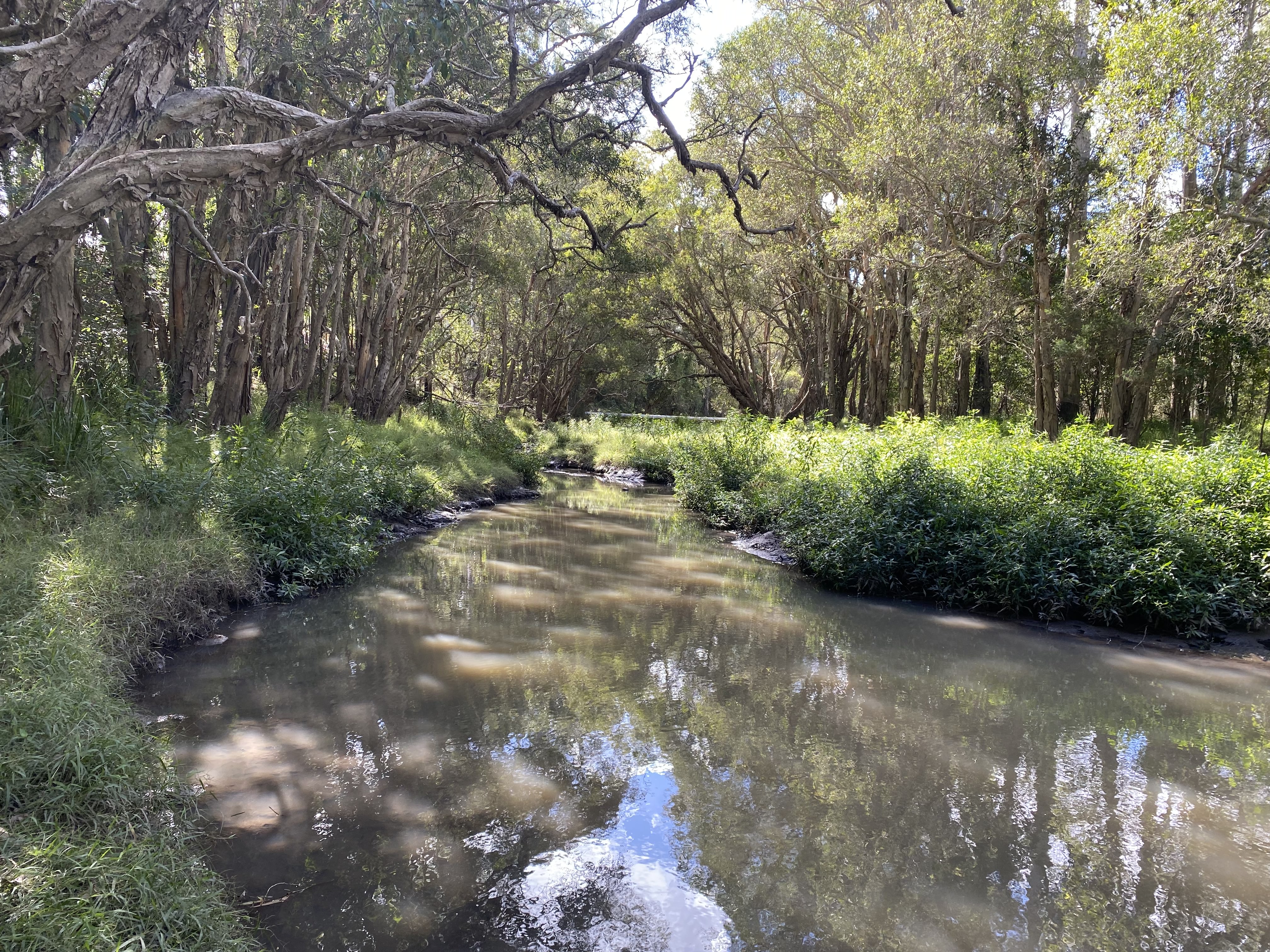Media release
From:
When people think of nature sounds, they likely imagine birds singing at dawn or frogs calling after rain. But beneath the surface of our rivers is a whole soundscape that most of us have never even thought to listen to – until now.
New research led by Griffith University has developed a publicly available tool to help scientists uncover what’s really going on beneath the surface of our rivers, using sound.
"The problem is that listening-in is not as simple as it sounds,” said lead researcher Katie Turlington, a PhD candidate at Griffith’s Australian Rivers Institute.
"Scientists drop waterproof microphones into rivers to record what is happening underwater; but in just one day, a single recording could capture tens of thousands of sounds, and manually analysing them could take a trained professional up to three times longer than the recording itself.”
The new tool, developed by Ms Turlington and the research team, was developed in R, a free program for analysing data where users upload a folder of audio files and sorts through the sometimes vast volumes of audio without the need for hours of manual work.
It scanned recordings and detected sections from Warrill Creek, Kalbar (about an hour’s drive southwest of Brisbane) that contained sound, and grouped similar sounds together, streamlining the process of identifying what is in the audio.
"It can even detect sounds that become masked by the constant noise of flowing water, which often makes recordings from rivers harder to analyse,” Ms Turlington said. "When tested in South-East Queensland streams, the tool correctly identified nearly 90 per cent of distinct sounds, faster and with far less effort than manual analysis."
The tool is free and didn't require advanced coding skills from the user, it worked with datasets of any size, could be adapted to any type of ecosystem, and Ms Turlington hoped it could change the way we monitored freshwater health. "By listening to rivers, researchers can track changes in biodiversity, detect signs of disturbance, or even discover new species,” she said.
"And because sound can be recorded day and night, in remote or murky waters, it offers a low-impact way to track changes in aquatic ecosystems.
“We’ve only just started to explore freshwater sound; making this tool publicly available and free means more people can get involved, ask questions, and hopefully make new discoveries.”
The study ‘A novel protocol for exploratory analysis of unknown sound-types in large acoustic datasets’ has been published in Methods in Ecology and Evolution.
Multimedia












 Australia; QLD
Australia; QLD



